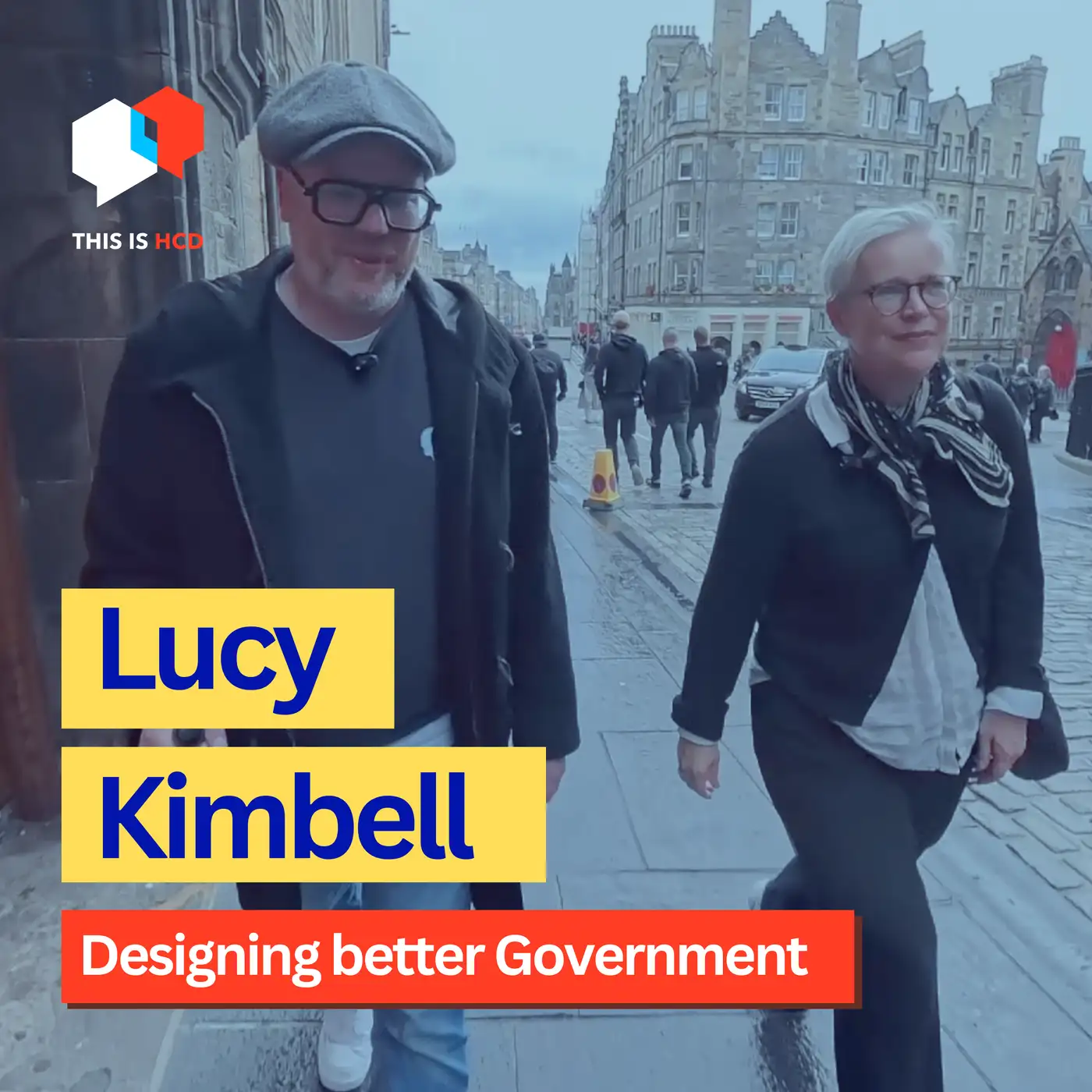🎉 Gerry Scullion is writing a new book 'This is Human Centered Design' with BIS Publishers. Want to get early access, share your feedback, and submit a case study to be featured in the book?
Welcome to World Wide Waste, a podcast about how digital is killing the planet, and what to do about it. Eric Meyer is a passionate advocate of designing for humanity, of leaving no one behind when you create your design, of thinking deeply about how things work for everyone - not simply how beautiful they look.
Links in this episode
Eric Meyer / https://meyerweb.com/
World Wide Waste book / https://gerrymcgovern.com/books/world-wide-waste/
This transcript was created using the awesome, Descript. It may contain minor errors.
Here's our last three episodes from This is HCD.


